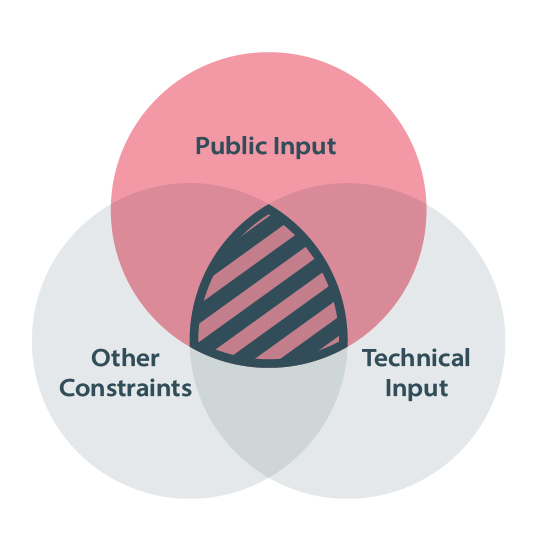What is the Calgary River Valley Project?
The purpose of the Calgary River Valleys Project is to guide how we plan, use, conserve and build in our river valleys and flood hazard areas, with a focus on coordinated and purposeful land use policies.
This third stage of public engagement as part of the Calgary River Valleys Project (CRVP) is focused on presenting draft updated floodplain mapping and regulations along with our new understanding of Calgary’s river flood-related groundwater risk.





